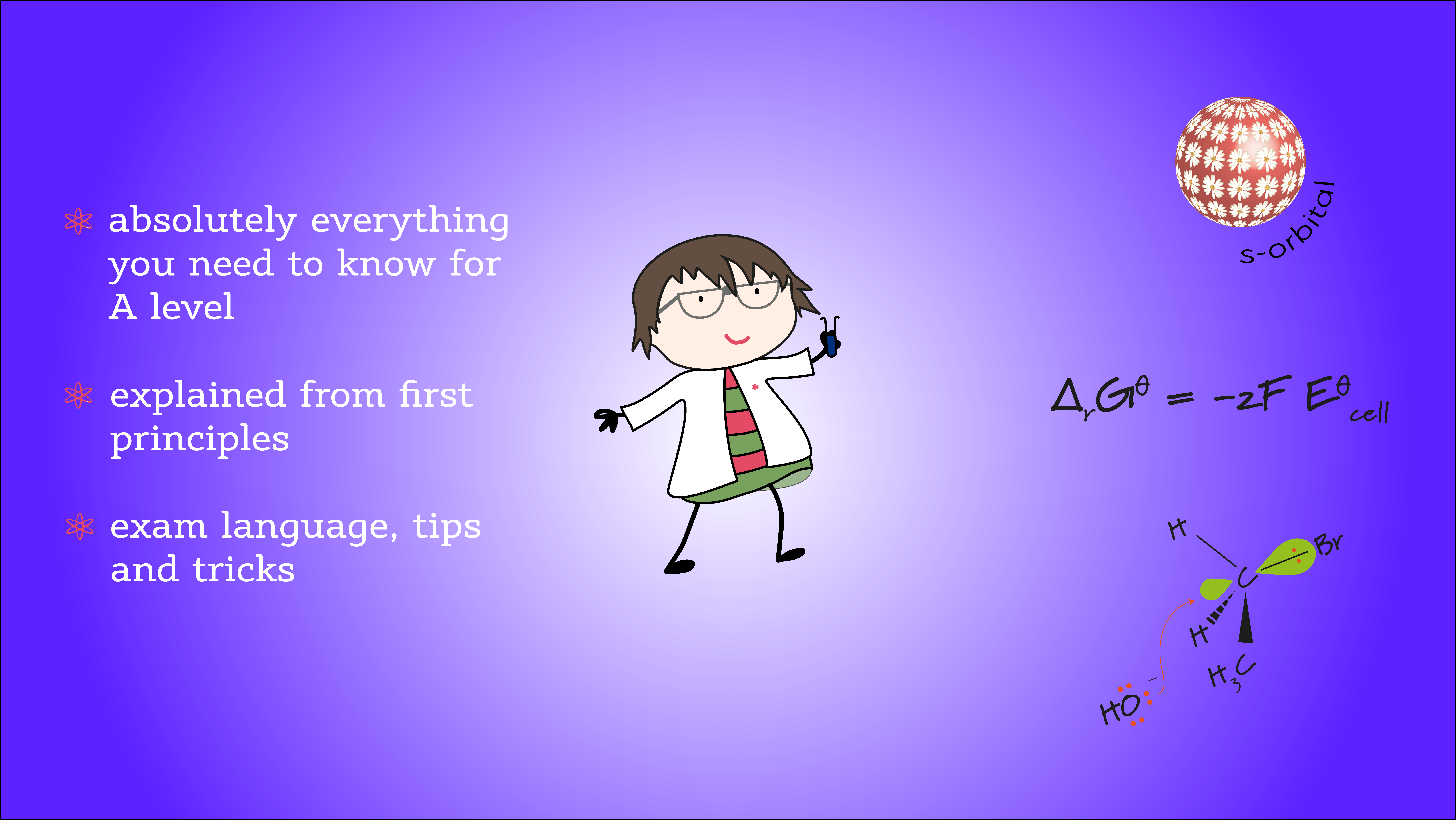Calculations for AS and A level Chemistry
Being confident in tackling different types of mole calculation is the foundation upon which much of A level chemistry stands
The ultimate A level chemistry resource

Being confident in tackling different types of mole calculation is the foundation upon which much of A level chemistry stands
This is a set of more difficult long answer exam questions that require you to use data from mass spectra,
Continue readingMixed spectra long answer exam question practice
24th NOvember 2025 Trending study hacks you should try (and a few you shouldn’t)! Powerful revision strategies and seriously effective
I know, you’re studying Chemistry not English Lit but the one thing that sets A* grade students apart from the
Continue readingIt’s not just WHAT you know, it’s HOW you write it!
Nitrogen is a diatomic molecule in its elemental form, N2, and it makes up 78% of the atmosphere on Earth.
Continue readingNitrogen, nitrogen oxides and the nitrogen cycle
The trend in the bonding and structure of the Period 3 oxides can be explained in terms of the increasing
Atomic radius Dedicated post explaining the trend in atomic radius is right here! Melting points and structure The melting point
Before we jump straight in, we really need to define how we measure the radius of an atom … This
Continue readingExplaining the trend in atomic radius across Period 3
Acyl chlorides and acid anhydrides are derivatives of carboxylic acids. Acyl chlorides Acyl chlorides are made by chlorinating a carboxylic
Continue readingThe reactions of acyl chlorides and acid anhydrides
Esters are a derivative of carboxylic acids and formed from the reaction between a carboxylic acid or an acyl chloride
Carboxylic acids are weak organic acids. All acids are proton donors and the more stable the resulting anion (in this
Carboxylic acids contain the carboxyl functional group, -COOH, which is itself made from a carbonyl group and a hydroxyl group.
Continue readingNaming carboxylic acids and their derivatives
Aldehydes and ketones are examples of carbonyl compounds. In an aldehyde the carbonyl group, C=O, is bonded to at least